Influencer marketing has become a powerful strategy for brands to reach their target audience and build brand awareness. As we look ahead to 2024, it’s important to understand the trends that will shape the future of influencer marketing. In this article, we will explore the key trends that brands and influencers should watch out for in the coming years.
1. The Rise of Micro and Nano Influencers
While macro influencers have dominated the influencer marketing landscape in recent years, the future will see a shift towards micro and nano influencers. These influencers have smaller but highly engaged audiences, making them more relatable and trustworthy to their followers. Brands will recognize the value of working with these influencers to create authentic and targeted campaigns.
Micro and nano influencers also tend to have niche audiences, allowing brands to reach specific segments of their target market. This trend will lead to increased collaboration between brands and smaller influencers, resulting in more personalized and effective influencer marketing campaigns.
2. The Emergence of New Social Media Platforms
The social media landscape is constantly evolving, with new platforms emerging and gaining popularity. In the coming years, we can expect to see the rise of new platforms that cater to specific niches and demographics. These platforms will provide new opportunities for brands and influencers to connect with their target audience.
For example, TikTok has already gained significant traction among younger audiences and has become a fertile ground for influencer marketing. As new platforms continue to emerge, brands and influencers will need to adapt their strategies and explore new avenues for reaching their audience.

3. Increased Emphasis on Authenticity and Transparency
As influencer marketing becomes more mainstream, consumers are becoming increasingly savvy and discerning. They can easily spot inauthentic or forced brand partnerships. In response, brands and influencers will need to prioritize authenticity and transparency in their collaborations.
Brands will seek out influencers who genuinely align with their values and can authentically promote their products or services. Influencers, on the other hand, will need to be transparent with their audience about sponsored content and disclose any partnerships. This emphasis on authenticity and transparency will foster trust between influencers, brands, and their audience.
4. Data-Driven Influencer Marketing
Data will play a crucial role in shaping the future of influencer marketing. Brands will rely on data analytics to identify the most relevant influencers for their campaigns, based on factors such as audience demographics, engagement rates, and past performance. This data-driven approach will ensure that brands are investing their resources in influencers who can deliver the best results.
Influencers themselves will also leverage data to understand their audience better and tailor their content to meet their preferences. This data-driven approach will lead to more targeted and effective influencer marketing campaigns.
5. The Integration of Influencer Marketing with E-commerce
Influencer marketing and e-commerce will become increasingly intertwined in the coming years. Brands will leverage the influence of influencers to drive traffic to their e-commerce platforms and increase sales. Influencers will play a crucial role in promoting products and services, providing reviews and recommendations, and driving conversions.
This integration of influencer marketing with e-commerce will lead to more seamless and efficient shopping experiences for consumers. Brands will invest in influencer marketing platforms that offer built-in e-commerce capabilities, allowing consumers to make purchases directly from the influencer’s content.
6. Long-Term Partnerships and Brand Ambassadors
While one-off collaborations between brands and influencers will still exist, long-term partnerships and brand ambassadorships will become more prevalent in the future. Brands will recognize the value of building long-term relationships with influencers who embody their brand values and can consistently promote their products or services.
These long-term partnerships will allow influencers to develop a deeper connection with their audience and provide more authentic recommendations. Brand ambassadors will become advocates for the brand, representing it across various platforms and campaigns.

7. Influencer Marketing Agencies and Platforms
As influencer marketing becomes more complex and specialized, the role of influencer marketing agencies and platforms will become increasingly important. Brands will rely on these agencies and platforms to identify and manage influencers, negotiate contracts, and measure the effectiveness of their campaigns.
Influencer marketing agencies and platforms will provide brands with access to a network of influencers, helping them streamline their influencer marketing efforts. These agencies and platforms will also provide influencers with opportunities to collaborate with brands and monetize their influence.
8. Regulation and Transparency Guidelines
In recent years, there has been an increased focus on regulating influencer marketing to ensure transparency and protect consumers. Regulatory bodies have introduced guidelines and requirements for influencers to disclose their partnerships and sponsored content.
In the future, we can expect to see more regulations and guidelines surrounding influencer marketing. Brands and influencers will need to stay informed about these regulations and comply with them to maintain trust with their audience and avoid legal issues.
9. Influencer Marketing in Niche Industries
While influencer marketing has been widely adopted in industries such as fashion and beauty, we can expect to see its expansion into niche industries. Brands in sectors such as healthcare, finance, and technology will recognize the value of working with influencers who have expertise and influence in these specific areas.
Influencer marketing in niche industries will allow brands to reach highly targeted audiences and establish themselves as thought leaders in their respective fields. This trend will open up new opportunities for influencers to collaborate with brands outside of traditional consumer-focused industries.

10. The Evolution of Influencer Content
Influencer content will continue to evolve and diversify in the coming years. While static posts and sponsored content will remain popular, we can expect to see an increase in other formats such as video content, live streams, and interactive experiences.
Brands and influencers will experiment with new formats to engage their audience and create memorable experiences. These innovative content formats will provide brands with new ways to tell their story and connect with their audience.
In conclusion, the future of influencer marketing is full of exciting trends and opportunities. Brands and influencers should stay informed about these trends and adapt their strategies to stay ahead of the curve. By embracing authenticity, leveraging data, and exploring new platforms, brands and influencers can continue to harness the power of influencer marketing in the years to come.
Remember, influencer marketing is not just a passing trend, but a valuable strategy that can help brands reach and engage their target audience in a meaningful way. As the influencer marketing landscape continues to evolve, brands and influencers must stay agile and innovative to stay relevant and successful in this dynamic industry.
Disclaimer: The information provided in this article is for informational purposes only and should not be considered legal or financial advice.



Leave A Comment